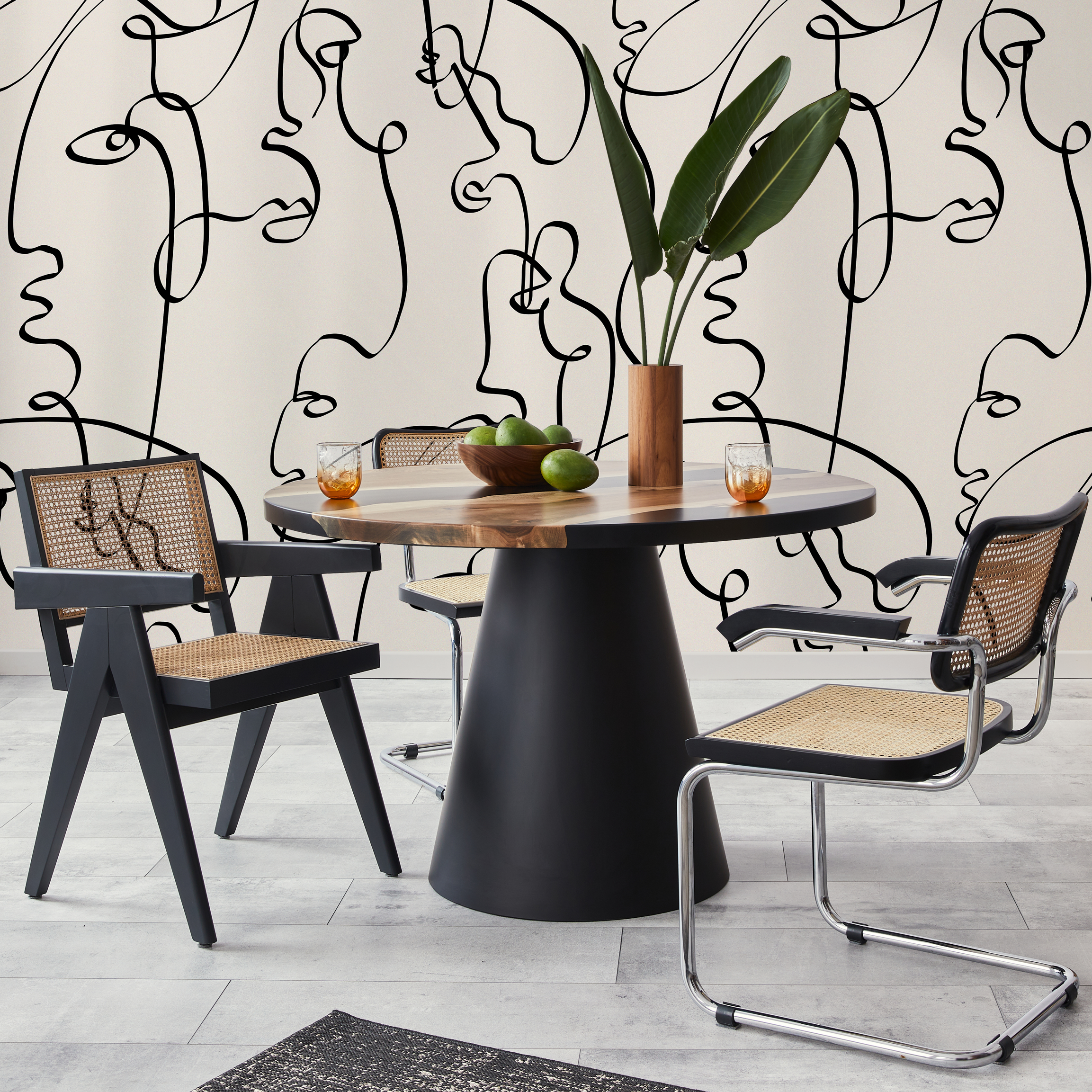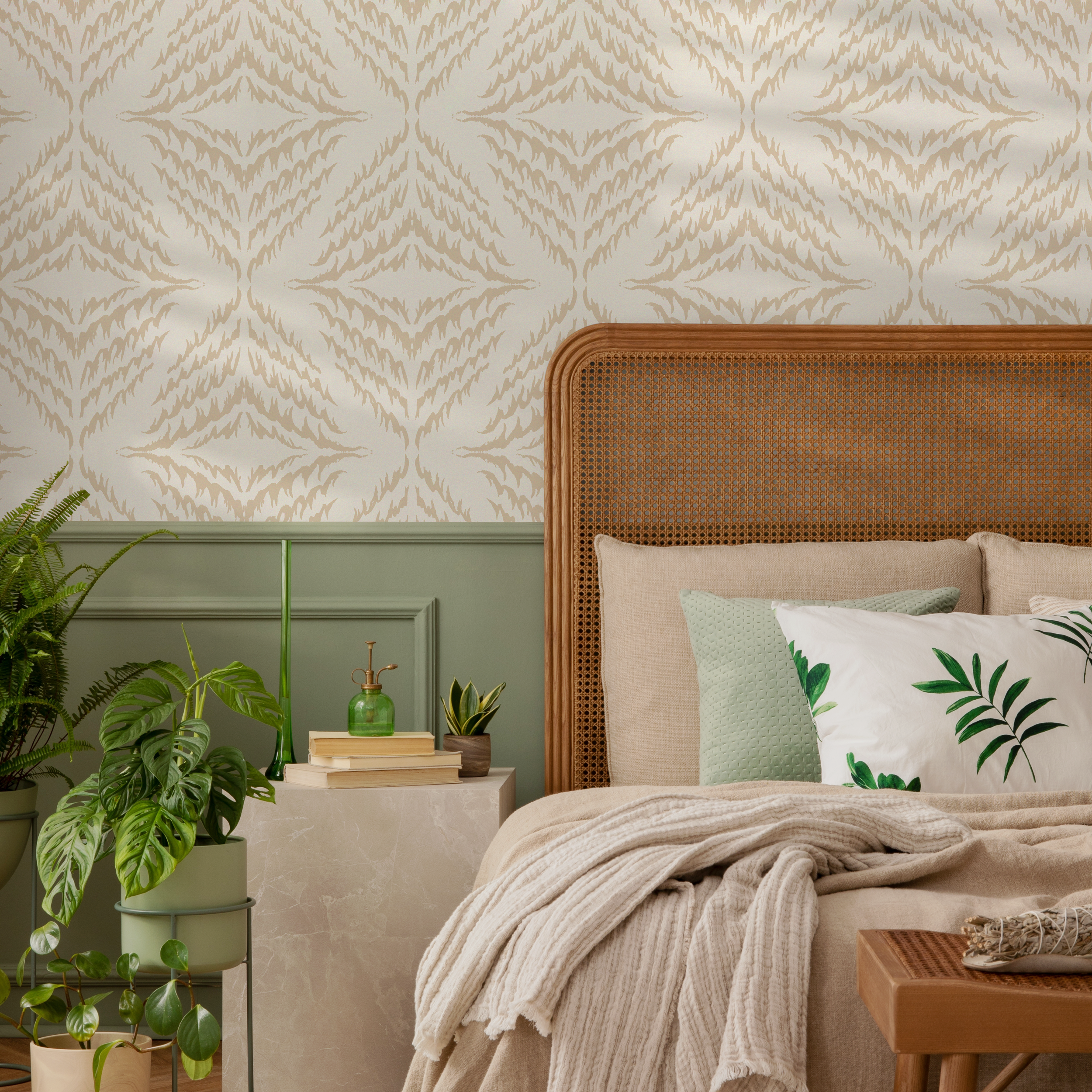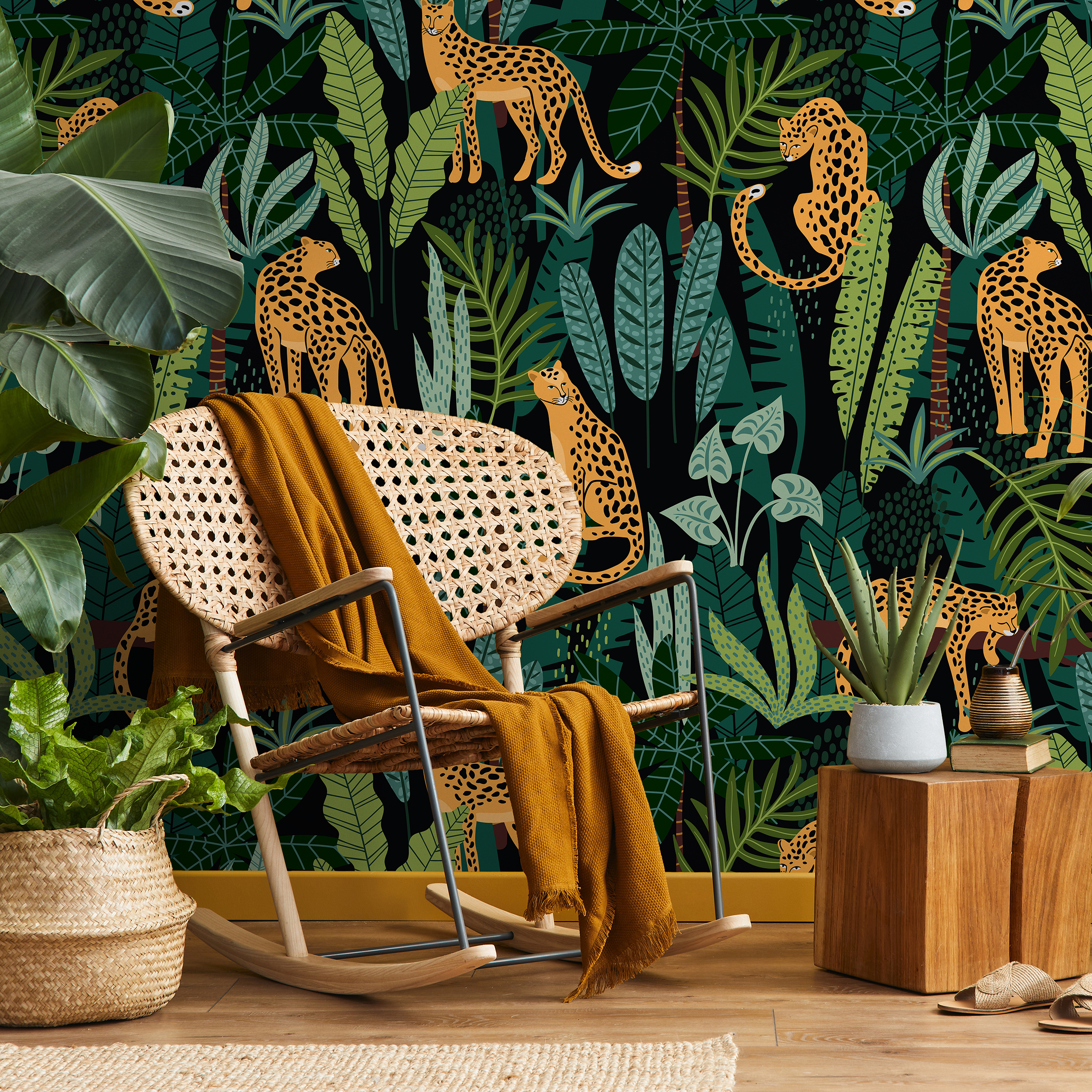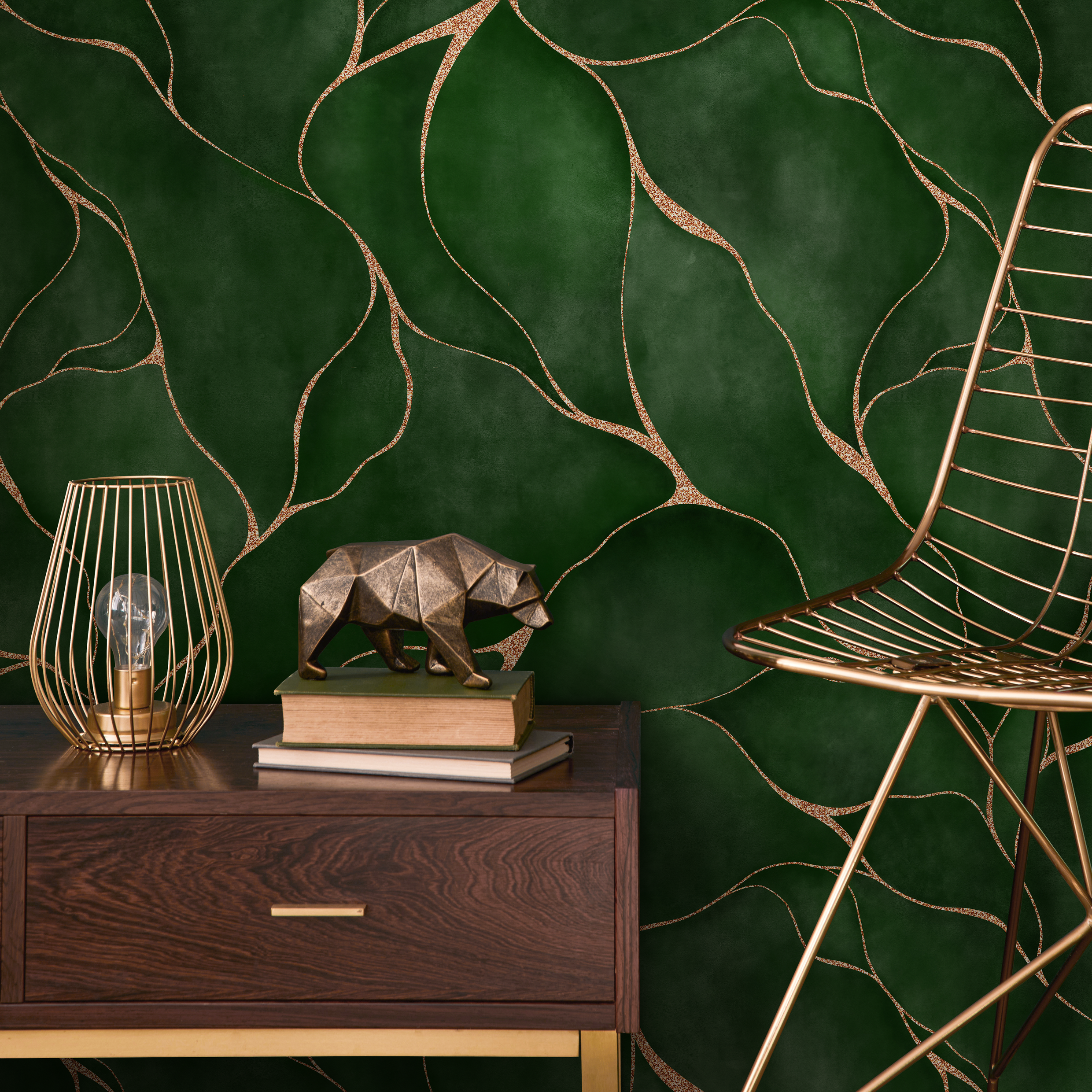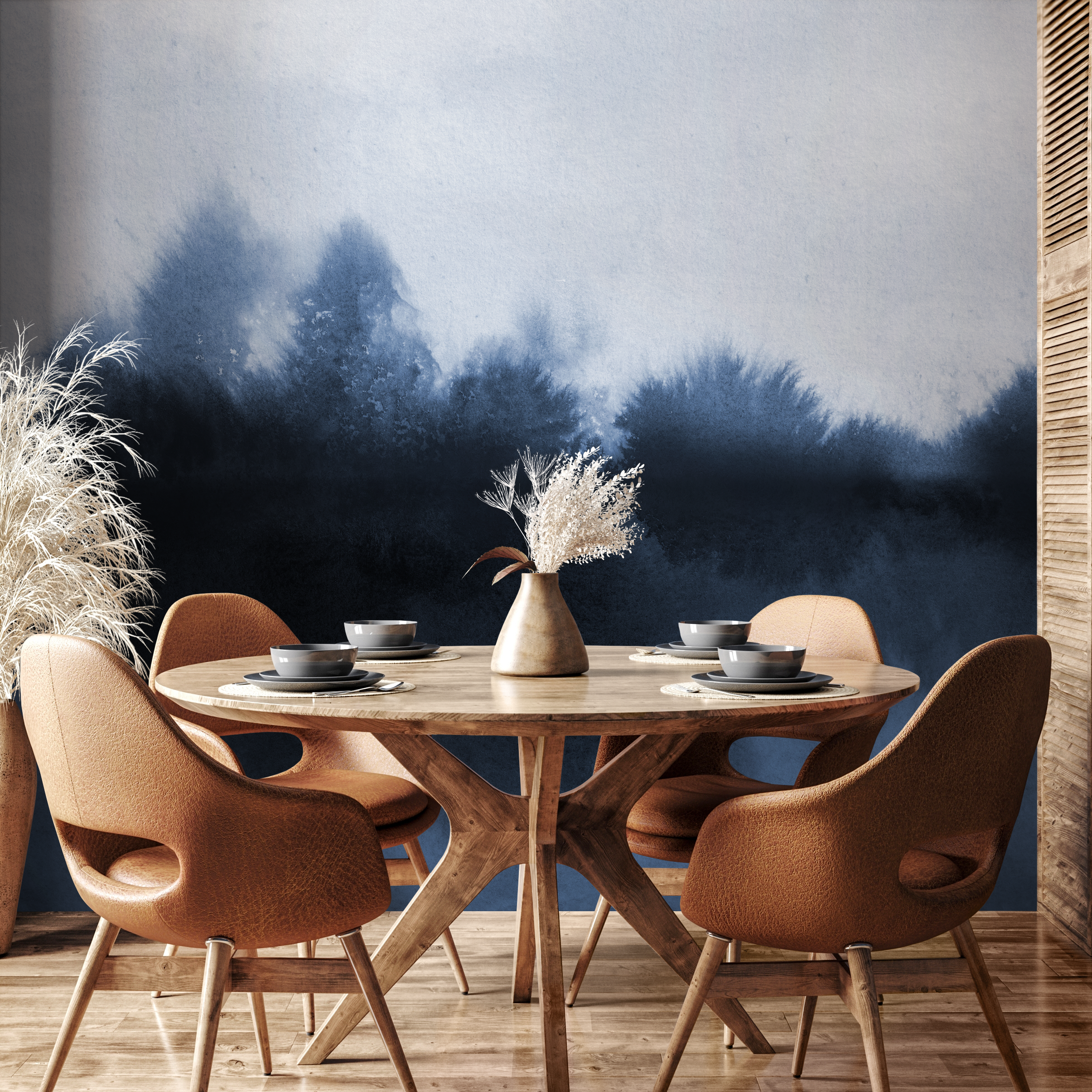Revolutionary Peel and Stick Wallpaper Hack: Textured Walls Welcome!
Introduction: The Challenge of Applying Peel and Stick Wallpaper to Textured Walls
If you've ever tried to apply peel and stick wallpaper to textured walls, you know that it can feel like trying to put a puzzle together with pieces that just don't fit. Wallpaper and textured walls can be a tricky combination. The uneven surface can cause issues with adhesion, leading to peeling or bubbling over time. Moreover, aligning patterns on a textured wall can be a real challenge, making it difficult to achieve that seamless look we all aspire to when decorating our homes.
However, here comes the silver lining. With the right tips and techniques, it's possible to successfully hang peel and stick wallpaper on textured walls. This article will delve into the nitty-gritty of how to overcome the challenges of applying wallpaper to textured surfaces, offering expert advice and insights. We'll also explore the wide range of high-quality, eco-friendly peel and stick wallpapers offered by ONDECOR, perfect for transforming your living spaces.
So, if you’ve been hesitating to spruce up your interiors due to the textured walls in your home, keep reading. Your journey to a stylish and personalized home with textured walls is about to get a lot easier.
Understanding Wall Textures and Their Impact on Wallpaper Application
Forget the notion that textured walls are a roadblock to achieving a stylish and personalized home with peel and stick wallpaper. The first step to overcoming this challenge is understanding wall textures, their different types, and how they affect the adhesion and appearance of your chosen wallpaper.
Different Types of Wall Textures: Popcorn, Orange Peel, Knockdown, Skip Trowel, and Swirl
Let's start by identifying the most common types of wall textures you might encounter. These include Popcorn, Orange Peel, Knockdown, Skip Trowel, and Swirl textures.
Popcorn or "cottage cheese" texture, popular in the early 1960s, features high peaks and low valleys. It's a great texture for hiding imperfections, but its roughness can make it challenging to paint or apply wallpaper on.
Orange Peel texture, as its name suggests, resembles the texture of an orange peel. It’s rough to the touch, but smoother than a popcorn wall.
Knockdown texture is similar to orange peel, but it goes one step further by flattening the peaks and bumps for a more naturalistic appearance.
Skip Trowel texture is a distressed and uneven texture applied with a special curved knife, resembling the knockdown texture.
Finally, Swirl texture features swirled patterns of half circles and is commonly seen on ceilings, although it also appears on walls.
How Wall Textures Affect the Adhesion and Appearance of Peel and Stick Wallpaper
Understanding the kind of texture you're working with is crucial because it directly affects the adhesion and appearance of the peel and stick wallpaper.
Rough textures like popcorn and skip trowel can make it difficult for the wallpaper to adhere properly, as too much air can get behind the self-adhesive backing. This could lead to the wallpaper peeling off or not sticking well. In addition, these textures might make the surface rougher, causing the wallpaper pattern to appear uneven or distorted.
On the other hand, smoother textures like knockdown or orange peel might present fewer issues. These textures may still show through the wallpaper, but the wallpaper is more likely to adhere correctly and look more even.
It's important to remember that each wall surface and texture is unique. Thus, it's crucial to test the surface with a sample of your chosen peel and stick wallpaper first, especially over the area with the highest amount of texture. This way, you can anticipate potential issues and ensure a successful application.
Next, let's dive into preparing your textured walls for peel and stick wallpaper application.
Preparing Your Textured Walls for Peel and Stick Wallpaper
The first step to a successful wallpaper application, especially on textured walls, is preparation. This phase is critical to ensure a smooth application and a long-lasting result.
Importance of Assessing and Testing the Surface Before Application
Before you jump into the application process, it's essential to thoroughly assess and test your wall surface. This involves checking the wall for any large bumps, cracks, or other imperfections that could interfere with the wallpaper's adhesion. The texture of your wall can significantly impact the final result, so it's crucial to understand its characteristics.
As mentioned earlier, it's also highly recommended to apply a sample of your chosen wallpaper to your wall. This will not only allow you to see how the design looks in your space but also how well the wallpaper adheres to your specific wall texture. Remember, the performance of peel and stick wallpapers can vary based on the type and degree of wall texture, paint type, and room temperature.
Cleaning the Surface and Removing Large Bumps for Better Adhesion
Once you've assessed your wall, the next step is to clean the surface thoroughly. Using a damp rag, wipe off any dust or debris from your wall. This step is crucial as a clean, dust-free surface maximizes the surface area your wallpaper can adhere to, leading to a more durable application.
If your wall has larger bumps or imperfections, consider using a joint compound or spackling to smooth these areas. These products can cover up surface imperfections and provide a smoother base for your wallpaper. After applying, allow it to dry completely and sand the area to a smooth finish.
The Role of Priming in Ensuring Successful Wallpaper Application
While peel and stick wallpapers are designed for easy application and removal, priming your wall can be a helpful step, especially for textured walls. Priming creates a smooth, even surface for the wallpaper to stick to and can help improve adhesion, especially on more textured or uneven surfaces.
However, remember that the primary purpose of peel and stick wallpaper is to be removable and not too sticky. Therefore, if you're looking for a long-term solution, you may need to consider more traditional wallpaper application methods.
In conclusion, preparing your textured walls for peel and stick wallpaper is an essential step in the process. By carefully assessing and testing your wall, cleaning and smoothing the surface, and considering the use of primer, you can maximize the performance of your peel and stick wallpaper and create a beautiful, long-lasting result.
Choosing the Right Peel and Stick Wallpaper for Textured Walls
When it comes to textured walls, not all wallpapers are created equal. The choice of wallpaper can significantly influence the final look. Let's dive into the key factors to consider when choosing peel and stick wallpaper for textured walls.
Why Thicker Wallpaper and Darker Colors with Busy Prints Work Best
Thicker wallpapers are often the best solution for textured walls. The thickness of the wallpaper can help mask some of the wall texture, providing a smoother appearance. Particularly, vinyl and non-woven wallpapers are recommended for lightly-textured walls as they are flexible and can conform to the shape of the wall, providing a smooth and even surface for the wallpaper to adhere to.
In terms of color and pattern, darker shades and busy prints work exceptionally well on textured walls. Darker colors tend to hide imperfections, making them a good choice for walls with notable texture. Busy prints can also distract the eye from the wall texture, creating a more seamless look.
The Benefits of Using Textured Peel and Stick Wallpaper
Interestingly, using textured peel and stick wallpaper can also be a smart strategy. The texture of the wallpaper itself can create a harmonious blend with the wall's existing texture, resulting in a unique and stylish look. Moreover, textured wallpaper can add an extra dimension to your walls, giving them a sophisticated and high-end feel.
ONDECOR's Range of High-Quality, Eco-Friendly Peel and Stick Wallpapers
When it comes to sourcing the perfect peel and stick wallpaper for your textured walls, look no further than ONDECOR. With an extensive range of high-quality, eco-friendly peel and stick wallpapers, you're bound to find a design that fits your style and meets your needs.
ONDECOR's wallpapers are not just aesthetically pleasing, but they are also made with the environment in mind. The company is committed to providing products that are safe for your home and the planet, prioritizing eco-friendly materials and practices.
Whether you're after bold prints, subtle textures, or sophisticated solids, ONDECOR’s extensive range has something for everyone. Plus, with the convenience of online shopping and the option to order samples, you can make sure that your choice of wallpaper is the perfect fit for your textured walls.
Choosing the right peel and stick wallpaper for textured walls doesn't have to be a challenge. By considering factors like the thickness of the wallpaper, the color, pattern, and even the texture of the wallpaper itself, you can transform your textured walls into a stylish feature in your home. And with ONDECOR's range of high-quality, eco-friendly wallpapers, you have a wealth of options at your fingertips.

Step-by-Step Guide to Applying Peel and Stick Wallpaper on Textured Walls
Applying peel and stick wallpaper to textured walls doesn't have to be a daunting task. With the right approach, you can achieve a stunning result. In this section, we'll guide you through the process step-by-step.
How to Properly Apply a Sample to Test the Wallpaper on the Textured Surface
Before diving in, it's important to test a sample of the wallpaper on your textured wall. This allows you to see how the paper adheres and whether the design works well with your wall's texture. You can order samples from ONDECOR, each of which comes with installing instructions and a material swatch.
To test the sample, clean your wall with a damp cloth, removing as much dust as possible. Once the wall is dry, apply the sample, smoothing it out as much as you can. If the sample adheres well and you're pleased with the design, you're ready to proceed with the full installation.
Detailed Instructions for Full Wallpaper Installation on Textured Walls
Now that you've tested your sample, it's time for the real deal. Here's how to apply peel and stick wallpaper on your textured walls:
-
Preparation: Move furniture out of the way and remove anything hung on the walls, such as cover plates for light switches and outlets.
-
Clean the Wall: Wipe off dust using a damp rag to maximize the surface area your wallpaper can bond to. Ensure your walls are completely dry and as dust-free as possible before proceeding.
-
Measure and Cut: Measure your wall and cut your wallpaper rolls to the appropriate size. Remember, it's better to overestimate and trim later than to underestimate and come up short.
-
Apply the Wallpaper: Start from the top of your wall and gradually peel off the backing as you smooth the wallpaper onto the wall. Use a smoothing tool to eliminate any bubbles or wrinkles.
-
Trim Excess: Once the wallpaper is applied, use a utility knife to trim any excess along the edges.
-
Repeat: Continue this process until your entire wall is covered.
Remember, patience is key when applying peel and stick wallpaper to textured walls. It may take a bit of trial and error to get it right, but the end result will be worth it. With these steps, you can transform your textured walls into a stylish accent in your home with ONDECOR's range of high-quality, eco-friendly peel and stick wallpapers.

Tips and Tricks for Successful Peel and Stick Wallpaper Application on Textured Walls
Applying peel and stick wallpaper onto textured walls can seem like a daunting task, but with the right tips and tricks, you can achieve a seamless and stylish finish. Let's explore some deep-seated secrets that can make your wallpapering project on textured walls a resounding success.
Why a Tight Pattern Can Help Disguise the Texture
When it comes to selecting the perfect wallpaper for textured walls, patterns are your best ally. Tight, intricate patterns such as Moroccan tile design or other geometric designs can help disguise the underlying texture of the wall. This is because the busy and vibrant designs draw the eye, making any underlying texture less noticeable. At ONDECOR, we offer a myriad of patterns and designs, from sophisticated mosaic patterns to bold and striking motifs, ensuring that you have ample choices to match your aesthetic.
The Importance of Applying Wallpaper to Flat Paint
While applying peel and stick wallpaper, the type of paint on your wall plays a crucial role in determining the adhesion of the wallpaper. Flat or matte paint finishes are ideal as they provide a smooth surface for the wallpaper to adhere to. Glossy or satin paints, on the other hand, may cause the wallpaper to peel off over time due to their slippery surface. If your wall has a glossy finish, consider lightly sanding the surface or applying a primer to create a more adhesive surface for the wallpaper.
Why Peel and Stick Wallpaper is Not a Long-Term Solution and Best Suited for Decor Changes
Peel and stick wallpaper is an excellent solution for those who love frequent decor changes. It's easy to install and remove, making it perfect for renters or those who enjoy changing their interior design with the seasons. However, it's important to remember that peel and stick wallpaper, especially on textured walls, may not be the best long-term solution. Over time, the wallpaper may start to peel or bubble due to the uneven surface. That's why it's essential to prepare your walls properly and choose high-quality wallpapers like those offered at ONDECOR.
In summary, applying peel and stick wallpaper to textured walls may present some challenges but with the right techniques and high-quality materials, you can create a stunning and personalized look for your home.
Conclusion: Embrace the Texture with Revolutionary Peel and Stick Wallpaper Hacks
The journey of transforming your home's textured walls is not just about overcoming challenges; it's about embracing the unique character of your living spaces and enhancing it with the innovative use of peel and stick wallpapers. By understanding how wall textures impact wallpaper application, preparing your walls correctly, and choosing the right type of wallpaper, you can turn those textured walls into a canvas for your style expression.
Remember, a key takeaway here is to test before you invest. Always put up a sample of the peel and stick wallpaper on your textured walls to ensure satisfactory results. It's also essential to keep in mind that while peel and stick wallpapers can be an excellent short-term decor solution, they might not be a long-term answer for highly textured walls.
Choosing thicker wallpapers with darker colors and busy prints can help mask the wall texture and create a seamless look. Additionally, consider using textured peel and stick wallpaper options available at ONDECOR. They not only add an extra layer of depth to your walls but also work well with the existing wall texture.
Lastly, remember that while the application process may require a bit of time and patience, the final result can be absolutely worth it. The transformation of your walls from plain and textured to stylish and personalized can indeed be a rewarding experience.
In conclusion, don't let the textured walls of your home limit your style. With the revolutionary peel and stick wallpaper hacks we've discussed, you can turn your textured walls into a statement piece. ONDECOR's range of high-quality, eco-friendly peel and stick wallpapers offers a plethora of options for you to explore and find the perfect fit for your home. So, embrace your textured walls and start your wallpapering adventure today!
Share










